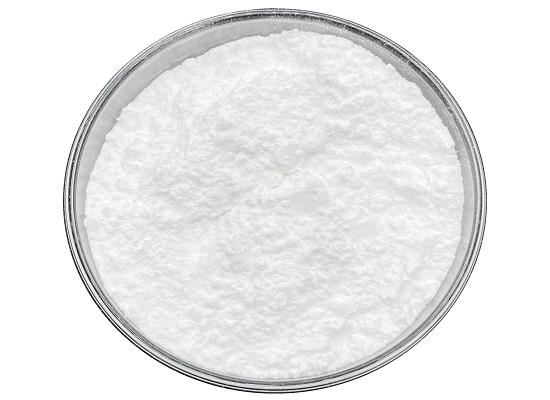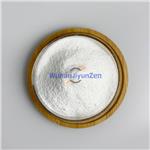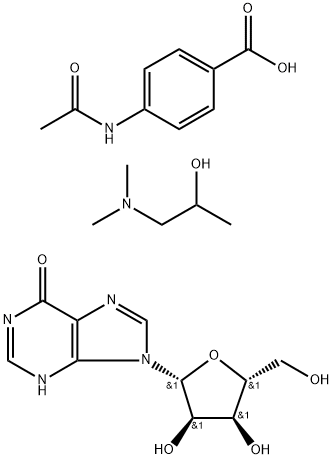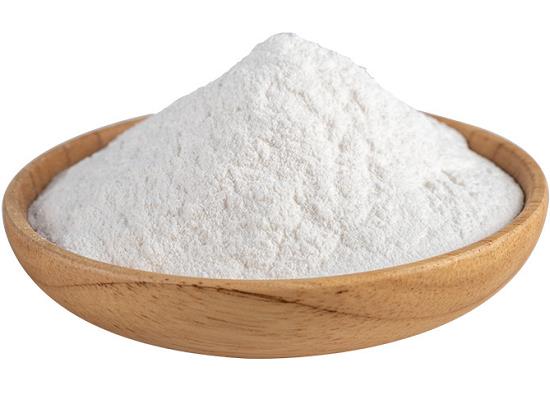Isoprinosine: Mechanism of Action and Therapeutic Trials
ISOPRINOSINE(Inosine Acedoben Dimepranol) is also known inother countries as Inosiplex and Inosine Pranobex-BAN, is a synthetic complex ofInosine and dimethylaminoisopropanol(as p-acetamidobenzoate) in a molarratio of 1:3. Its empirical formula is CszHzgN1oO17.The drug is a white powder,very soluble and stable in physiological solution, and slightly bitter in taste.

Figure 1. Isoprinosine
Mechanism of Action
Pharmacology:
Isoprinosine acts in two ways:
First: One of the most important natural defenses against virus diseases is immunity. Vaccines work toprevent virus diseases if given before onset of the disease.
Unfortunately, vaccines do not work therapeutically after onset of the disease.Isoprinosine works to enhance the natural immune response of lymphocyteswhen given after the onset of virus diseases.
Second: Viruses interfere with cellular protein and nucleic acid synthesis andforce the cell to produce viral nucleic acid and proteins.In this manner the viruses reproduces, preserves its pathogenic power and distributes its progeny inthe infected organism.
Isoprinosine has a specific action on ribosomes and polyribosomes, preservingtheir structure and function, and transmitting to them at the same time a resistance to any foreign genetic information.
Isoprinosine while preserving the structure and function of the polyribosomes,impedes the DNA or RNA of the virus from transmitting its own genetic code. Itpreserves the normal protein synthesizing mechanism and prevents the virusfrom multiplying in the organism.
Taken orally, Isoprinosine is absorbed within 20 minutes and appears with itsmetabolites rapidly in the blood and urine.
Experiments have been made with C-14 labelled Isoprinosine to determinedistribution and metabolism in plasma, organs and urine in cats, rats and monkeys. It was found that absorption was rapid, and that the drug remains inthe blood for 3-6 hours, with the highest concentration between the 2nd and 3rdhr. Accumulation, however, does not occur since it is rapidly eliminated with itsmetabolites in the urine.Chromatographic studies revealed the followingmetabolites: inosine monophosphate, guanosine monophosphate, adenosinemonophosphate, inosine, guanine, adenine, xanthosine, hypoxanthine, xanthine,uric acid, and allantoin.
All these compounds found in plasma, urine and organs represent normalcomponents of purine metabolism and are not considered toxic.
Toxicology
The therapeutic to toxic dose ratio is 1:100, thus Isoprinosine isvery safe.The experiments with animals have revealed that the dose whichproduces signs and symptoms of toxicity, ranges from 4,000 to 10,000 mg/kg inrats, mice, guinea pigs and monkeys.Rhesus monkeys received 500 mg/kg dailyfor 104 weeks and showed no biochemical or hispathological change.
In volunteer humans the administration of up to 6 g daily for periods of 6months up to 4 years produced no modifications in the biochemical,electrocardiographic or encephalographic analyses, except for moderate increases in the serum uric acid levels.Animal experimentation has indicated thelack of any teratogenic effects.
Uses
For the treatment of various infections such as: Herpes simplex, Genital warts,Sclerosing panencephalitis.
You may like
Lastest Price from Isoprinosine manufacturers

US $0.00/KG2025-08-30
- CAS:
- 36703-88-5
- Min. Order:
- 1KG
- Purity:
- 99%
- Supply Ability:
- 2000KG

US $5.00-0.50/KG2025-06-13
- CAS:
- 36703-88-5
- Min. Order:
- 0.10000000149011612KG
- Purity:
- 99% hplc
- Supply Ability:
- 5000kg


